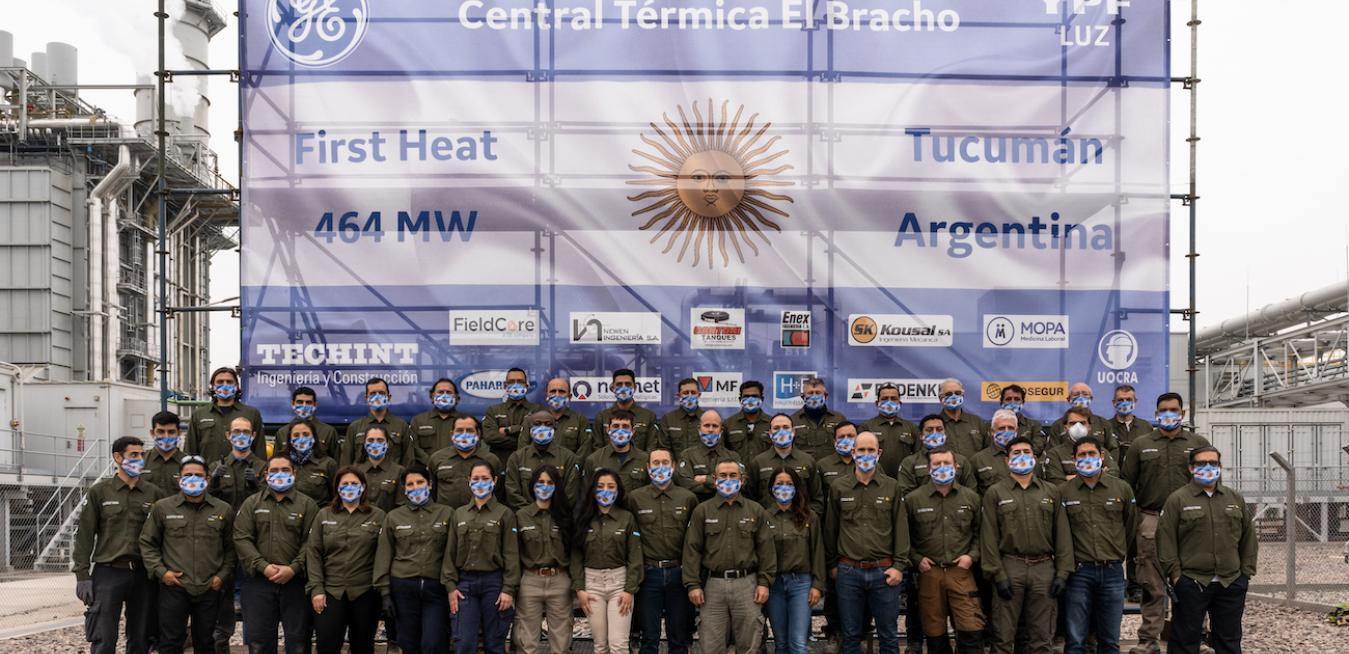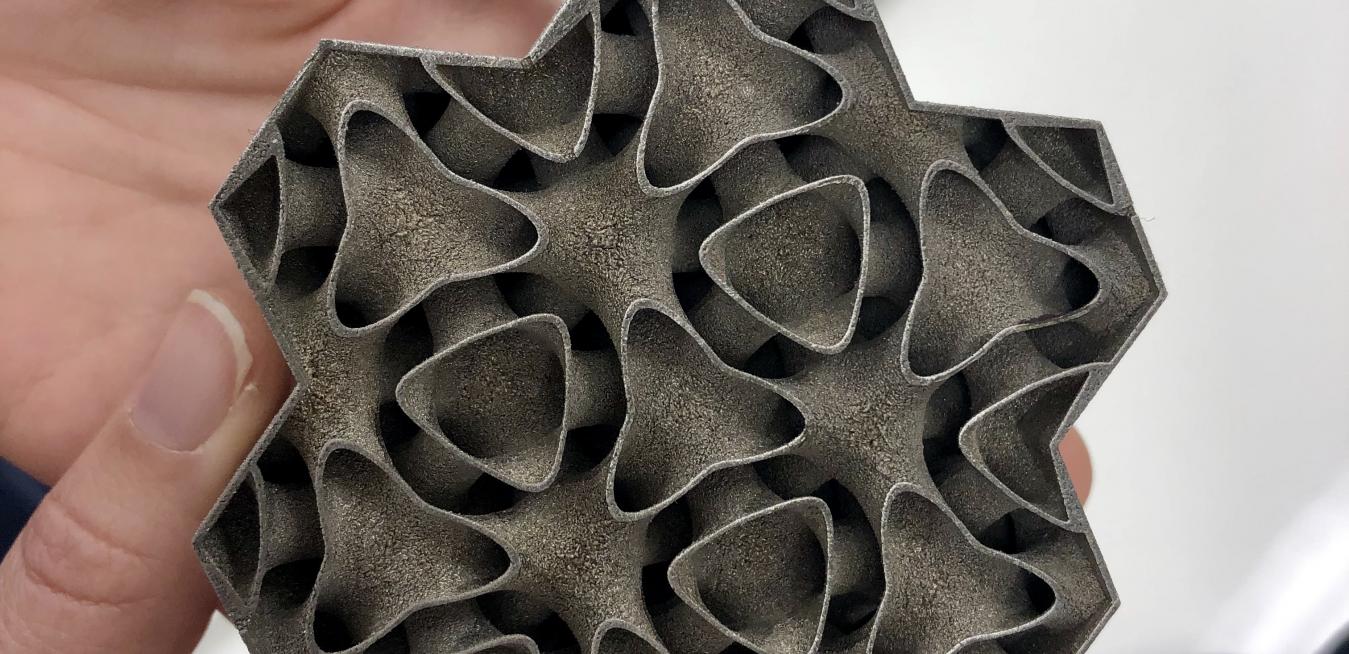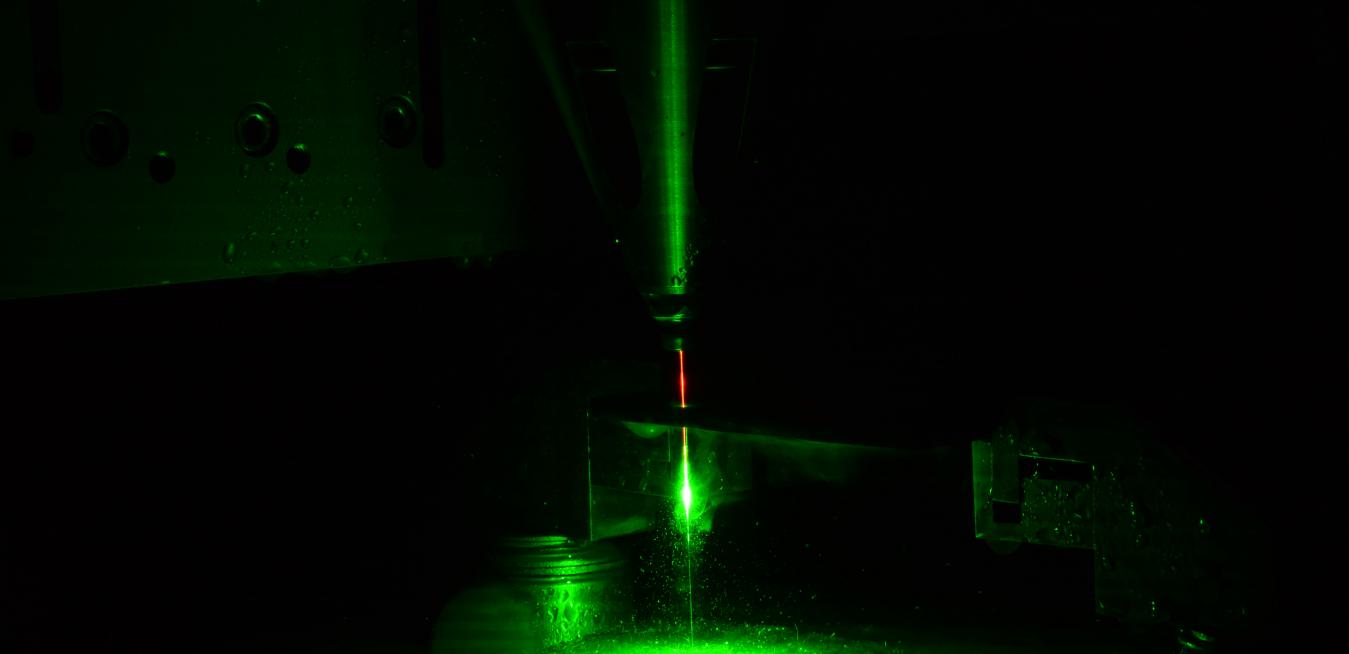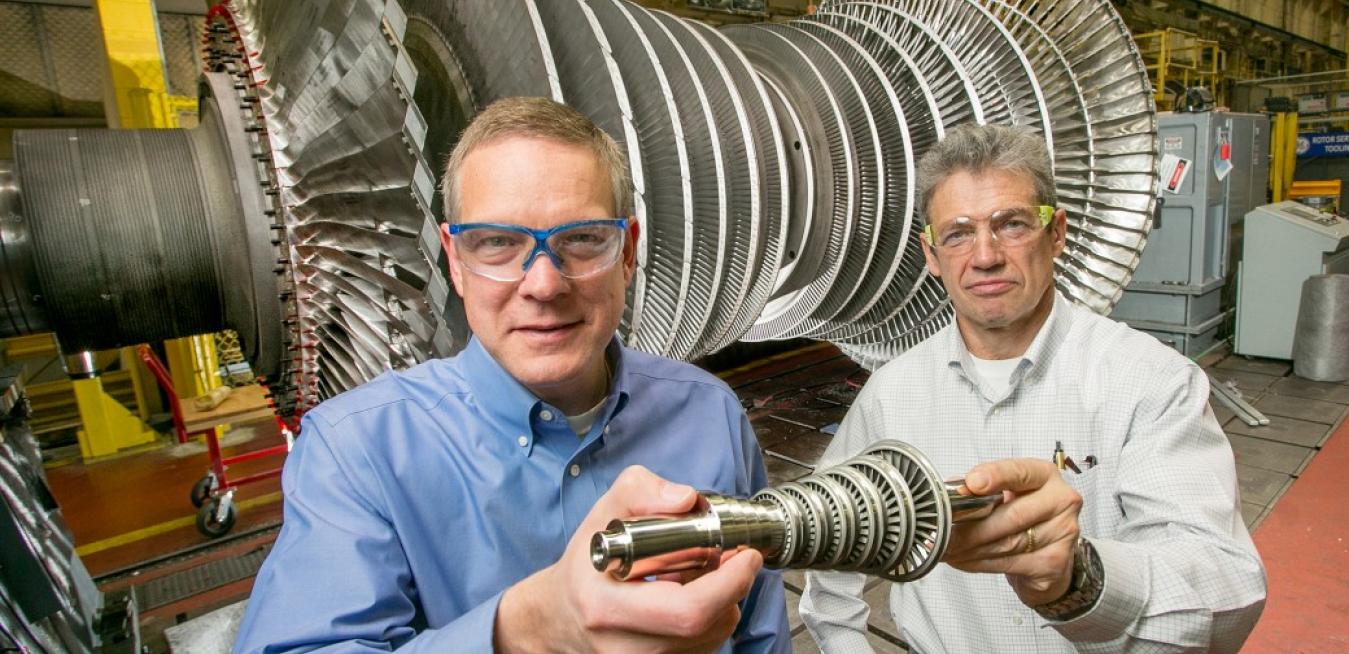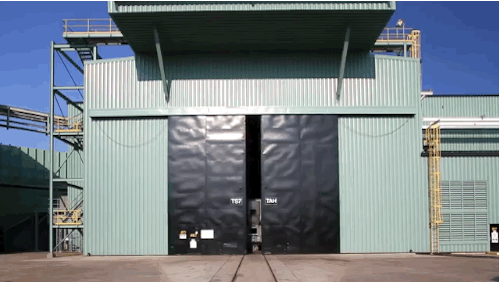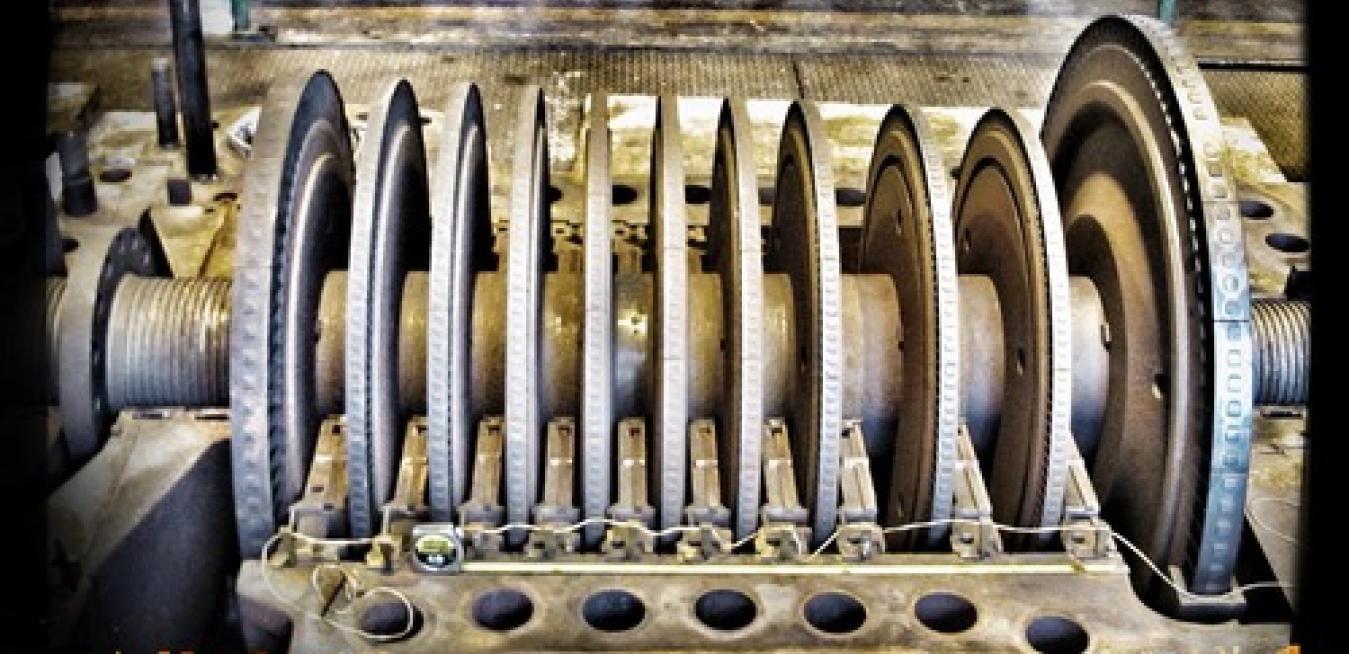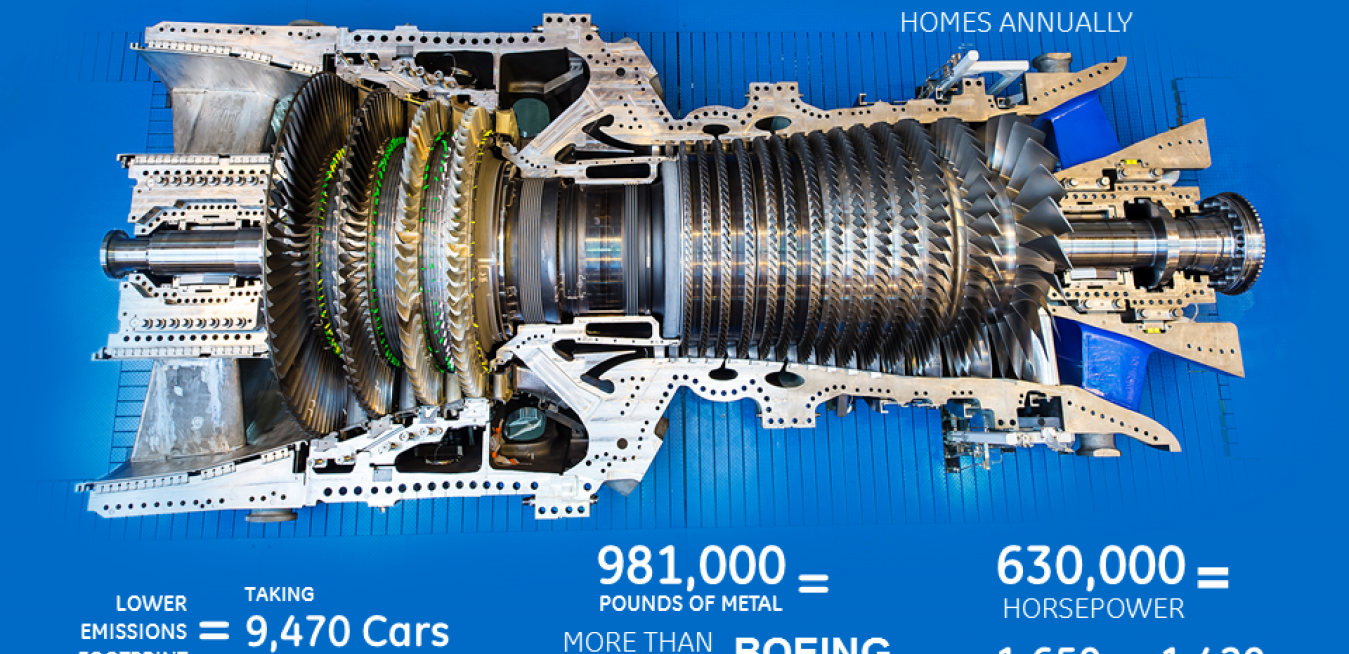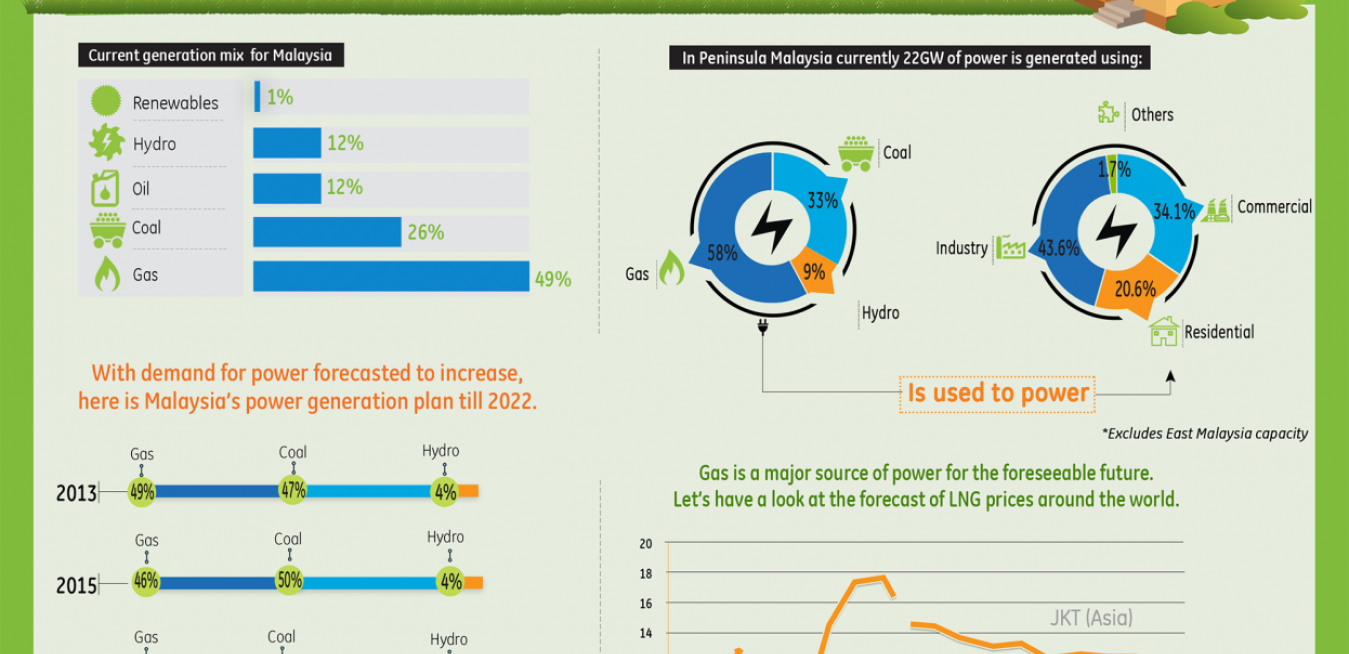When the Grande America, a cargo ship traveling between Hamburg, Germany, and Casablanca, Morocco, caught fire and sank off the coast of France in March 2019, all 27 people on board were able to get to safety.
When Charles Parsons invented the steam turbine in 1884, it was a monumental advance. More than a century later, engineers are still relying on steam to operate the turbines that generate much of the world’s power. Perhaps it’s about time to take the technology to the next level.
One way to do that is to draw inspiration from the human body. That’s exactly what Peter deBock and his colleagues at GE Research in Niskayuna, New York, did: They devised a heat exchanger — an essential component of the cooling system of a power turbine — that mimics human lungs.
Two hours and fifty-four minutes. That’s how long it took a plane to fly from Yangon, Myanmar to Singapore in August 2015. A short flight by some standards, it was barely long enough to watch a movie or read a magazine. Although it may not seem like much, this flight was a historic moment for Myanmar.
This innovative solution involves the shrinking of a steam turbine originally designed to generate electricity. It’s also the perfect example of what GE calls the GE Store, the idea that sharing ideas across businesses can quickly lead to breakthroughs.
